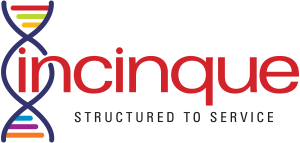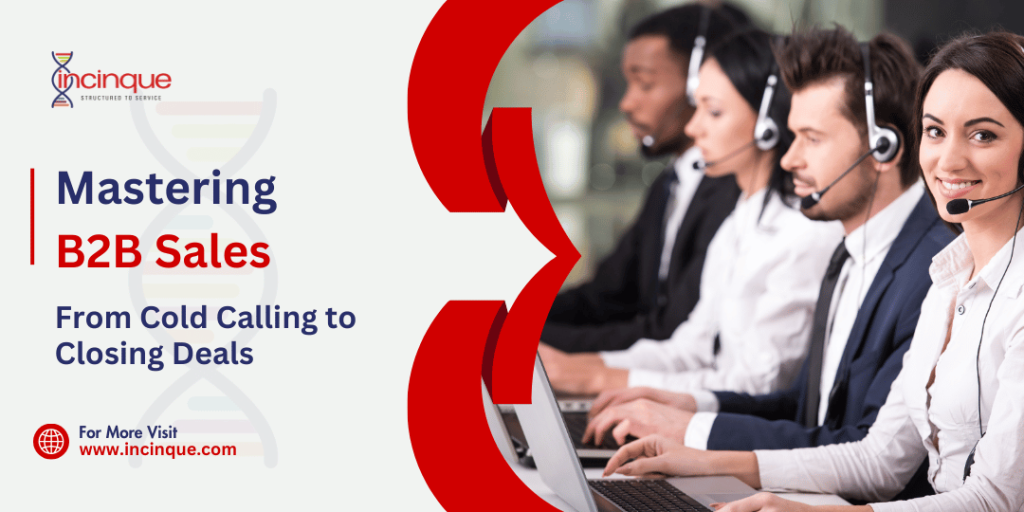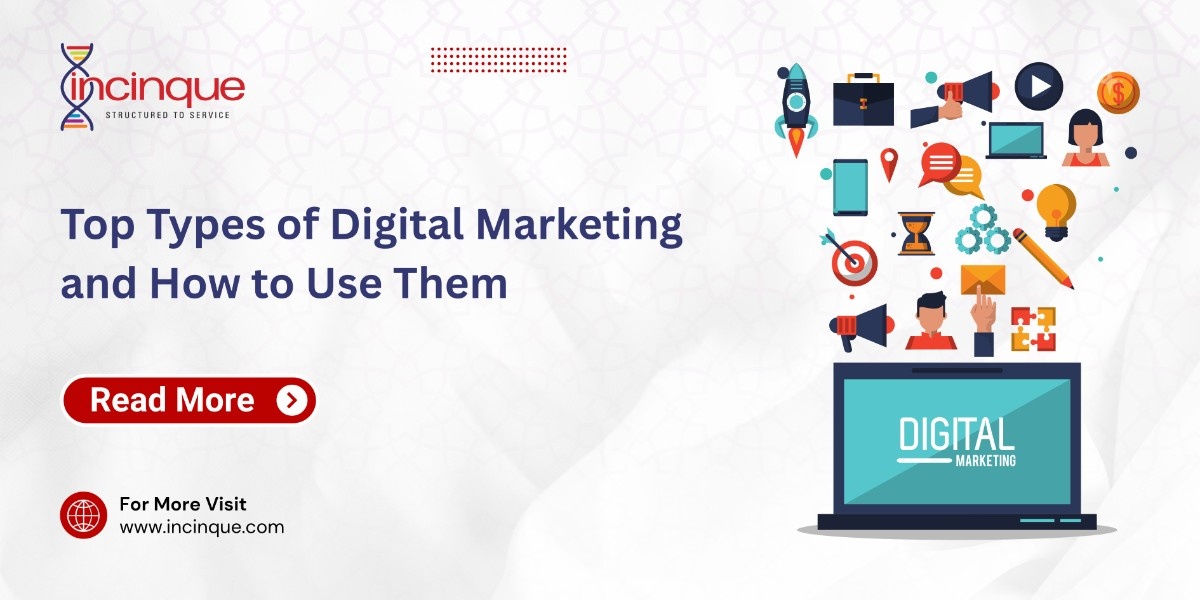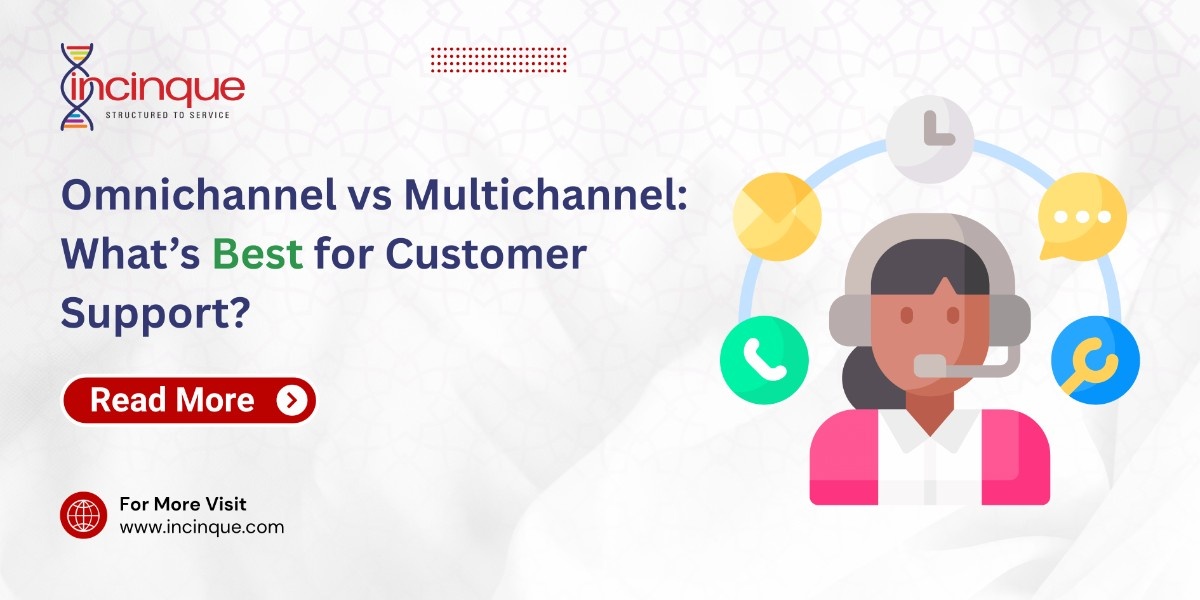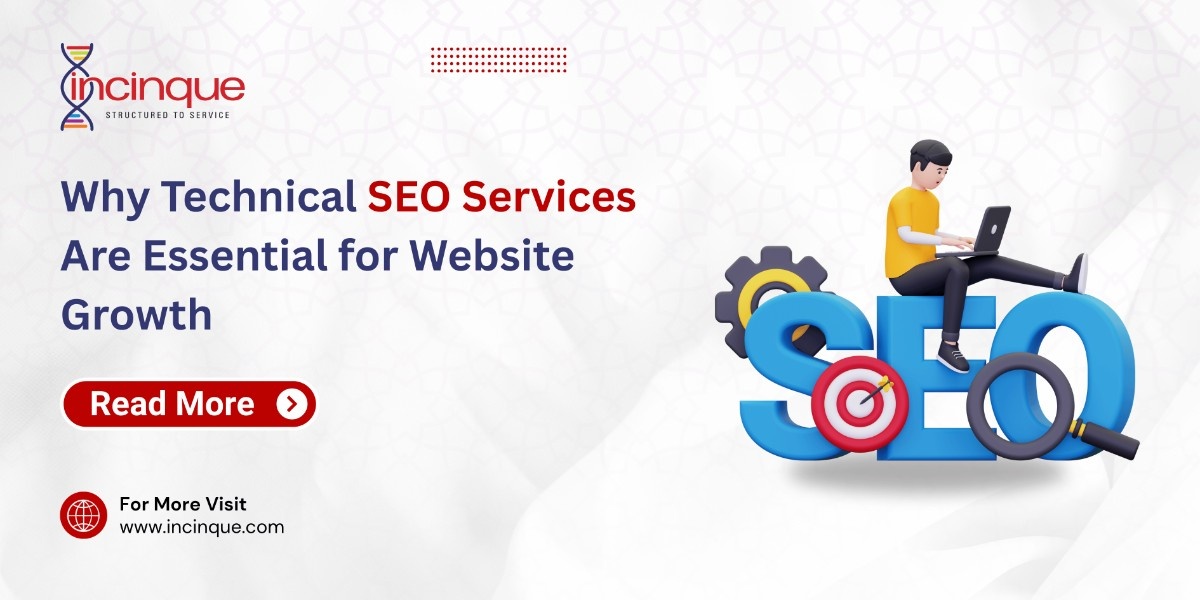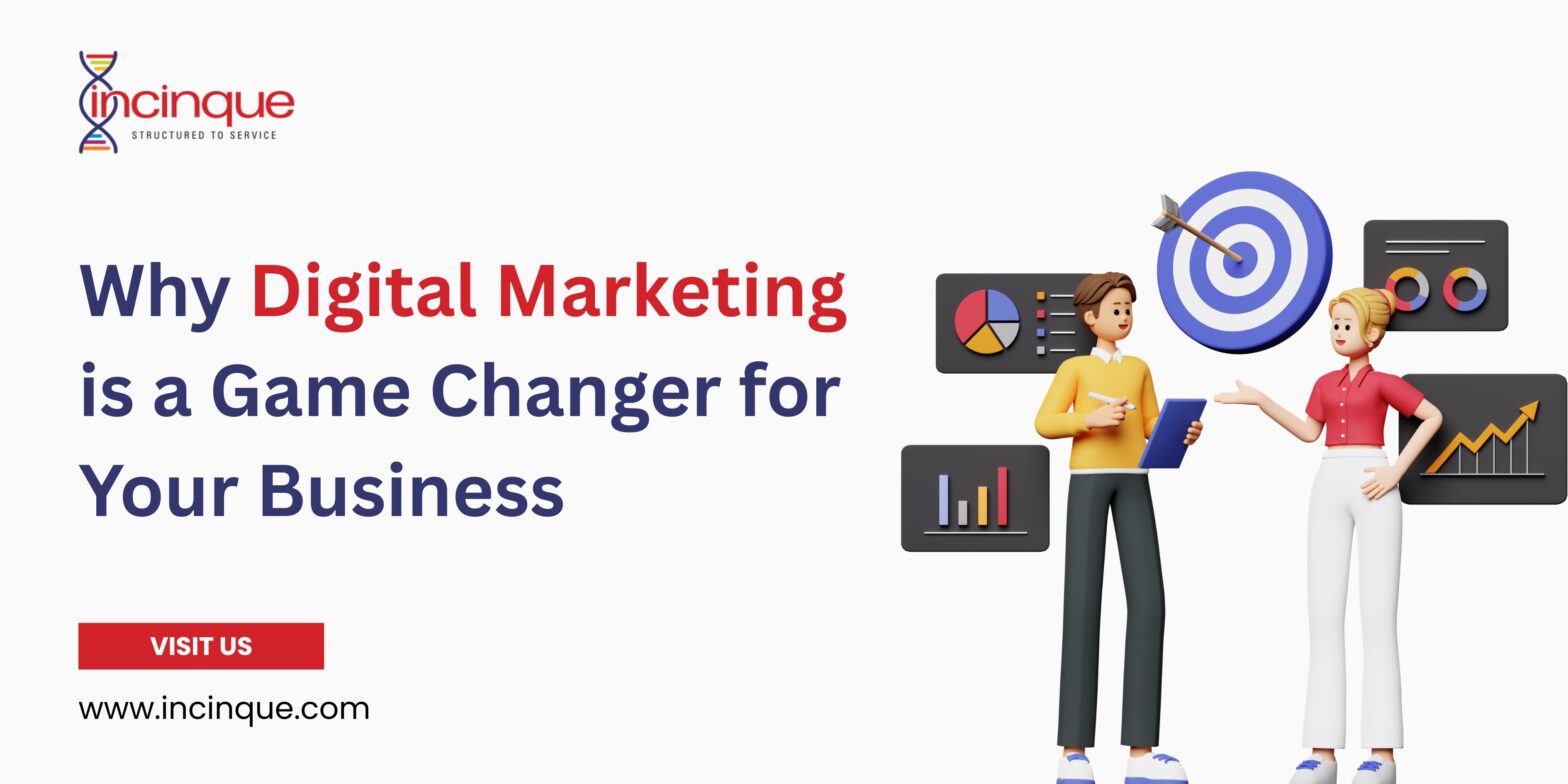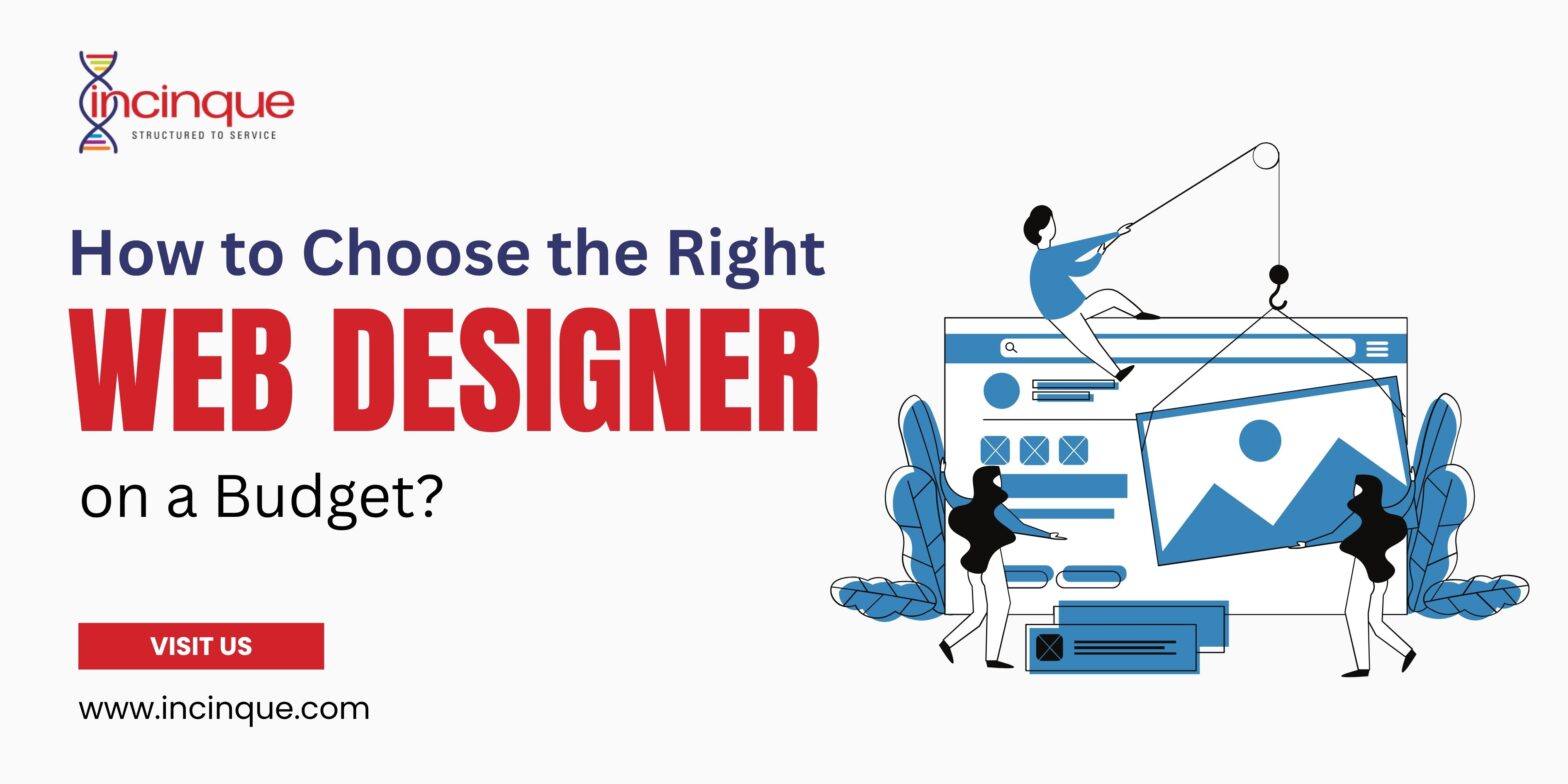The world of B2B sales can often feel like a complex maze. You grapple with cold calling, struggle to find qualified leads and spend hours crafting the perfect email marketing strategy. That’s where understanding the demand generation life cycle comes in. Understanding this process helps us improve our sales performance and lets us strategically approach lead generation and business development. This process involves identifying key decision-makers, using data to create detailed prospect profiles, gaining access to top executives, and more. In this blog, we will explore the crucial steps of the demand generation lifecycle and share valuable insights to enhance your B2B marketing efforts.
Let’s dive in and explore what B2B sales is, and understand the Demand Generation Life Cycle, and learn the steps that can help you master this complex but rewarding field.
What is B2B Sales?
B2B sales refers to businesses selling products or services to other businesses. Unlike B2C sales, which target individual consumers, B2B transactions involve longer sales cycles and larger deal values. Success in B2B sales requires a data-driven approach, relationship building, and market intelligence to convert leads effectively.
Understanding the Demand Generation Life Cycle
The demand generation life cycle is a structured process to attract, nurture, and convert leads into customers. In B2B sales, this approach ensures sustainable growth and long-term client relationships.
Understanding the Demand Generation Life Cycle
Step 1: Identifying Key Decision Makers
The first step is pinpointing the right audience. Decision-makers typically include:
Who Are the Key Decision Makers?
✅ C-suite Executives (CEOs, CFOs, CTOs)
✅ VPs & Directors responsible for purchasing decisions
✅ Procurement Heads handling vendor selection
Pro Tip: Use LinkedIn Sales Navigator, company directories, and industry reports to identify key decision-makers in your target market.
Step 2: In-Depth Prospect Profiles
Once you’ve identified decision-makers, build detailed prospect profiles using data-driven insights. Key elements to include:
What to Include in Your Prospect Profiles:
? Company Overview – Industry, size, revenue, competitors
? Business Goals – Short-term and long-term objectives
? Pain Points – Existing challenges your solution addresses
? Recent Activities – Company news, leadership changes, funding rounds
Leverage tools like HubSpot, ZoomInfo, and Crunchbase to refine your profiles.
Step 3: Special C-Suite Access
Reaching top executives is challenging but highly rewarding. Strategies to access the C-suite:
What to Include in Prospect Profiles?
? Personalized Outreach: Craft tailored email sequences addressing their business needs
? Referral Networks: Use warm introductions from existing contacts
? Executive Events & Webinars: Engage with decision-makers in industry discussions
Step 4: Strategic Meetings
A well-planned meeting increases your chances of closing a deal. Best practices:
Strategies for Setting Meetings
✅ Cold Emails & Calls – Use compelling subject lines & value-driven messaging
✅ Business Development Teams – Leverage dedicated teams for scheduling high-value meetings
✅ Clear Agenda – Define objectives to ensure a productive discussion
Step 5: Sales Intelligence Reports
After each meeting, generate a sales intelligence report to understand your prospect’s needs better. Reports should cover:
Components of a Sales Intelligence Report
? Company Challenges – Pain points affecting their growth
? Competitive Analysis – Insights into their market position
? Buying Signals – Key indicators of readiness to purchase
? Future Plans – Expansion, technology adoption, or partnership opportunities
Step 6: After Meeting Support
Keeping the momentum going is crucial for conversion. Effective post-meeting strategies include:
Elements of After-Meeting Support
? Minutes of Meetings (MOMs): Summarize key discussion points
? Follow-Ups: Maintain engagement via email or calls
? Lead Nurturing: Share relevant case studies, insights, and solutions tailored to their needs
Pro Tip: Use CRM automation tools like Salesforce or HubSpot to track follow-ups efficiently.
Final Thoughts: Transform Your B2B Sales Strategy
Mastering the demand generation life cycle allows you to attract, nurture, and convert high-value leads with precision. Here’s a quick recap:
✔️ Identify the right decision-makers to accelerate your outreach
✔️ Create detailed prospect profiles for personalized engagement
✔️ Gain C-suite access using networking & targeted outreach
✔️ Schedule strategic meetings with clear objectives
✔️ Leverage sales intelligence for data-driven selling
✔️ Follow up & nurture leads to maintain momentum
? Bonus Tip: Integrate marketing automation tools to streamline your demand generation process and personalize outreach at scale.
By implementing this knowledge, you can transform the B2B sales maze into a clear path to success.
Ready to take your B2B sales strategy to the next level? Start implementing these steps today!
